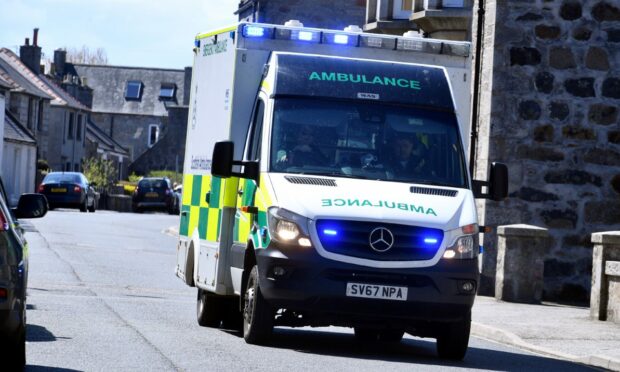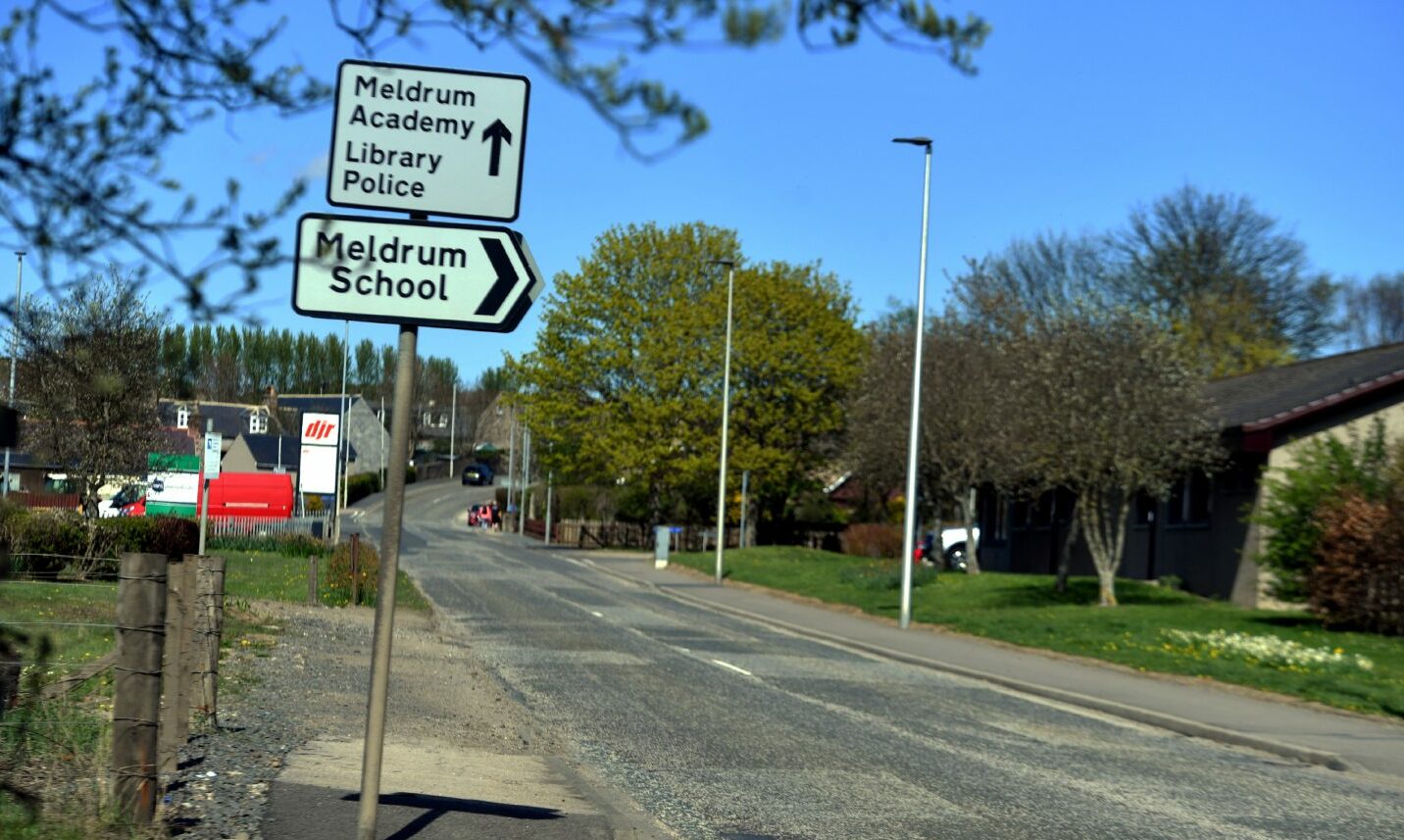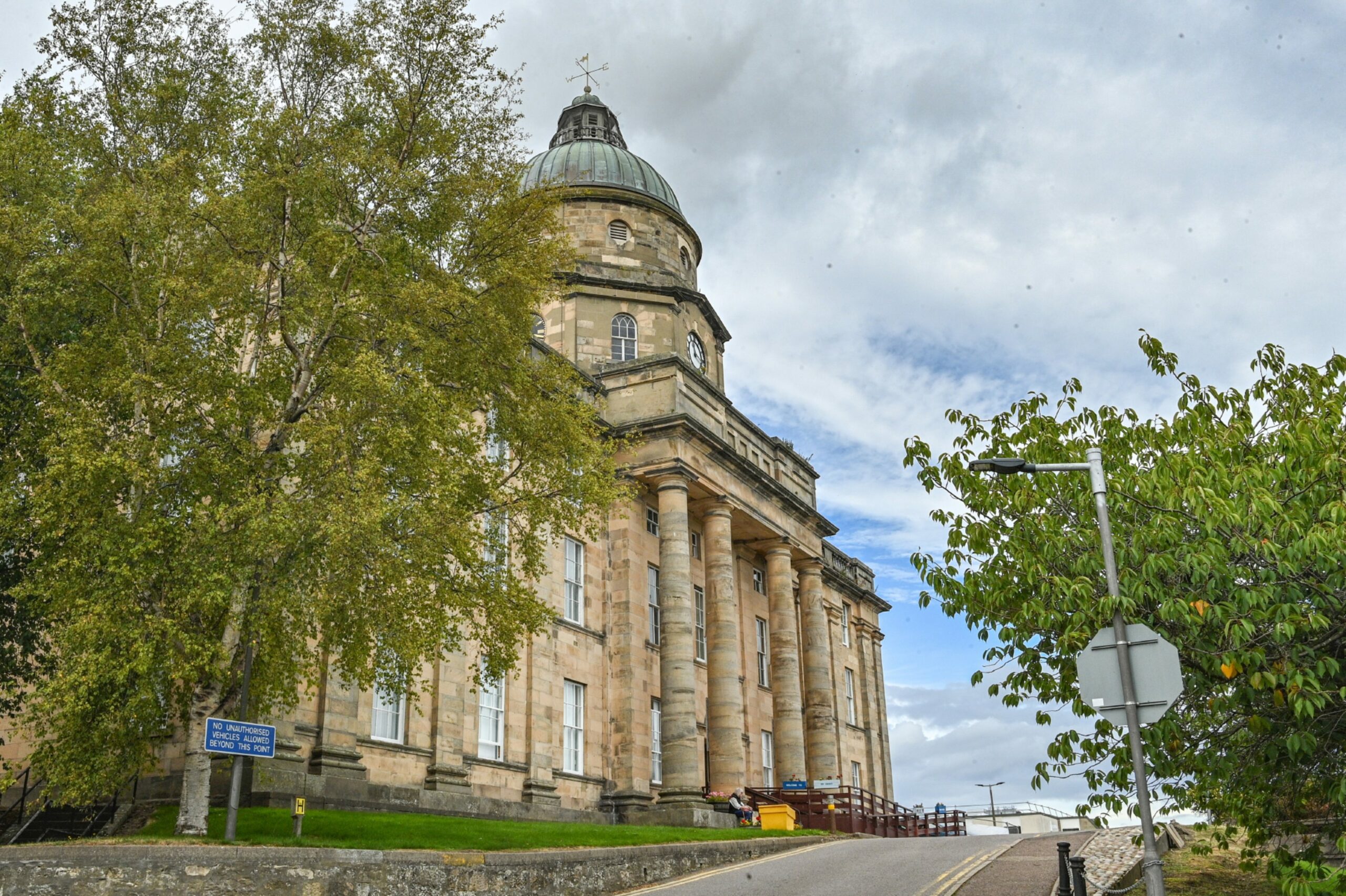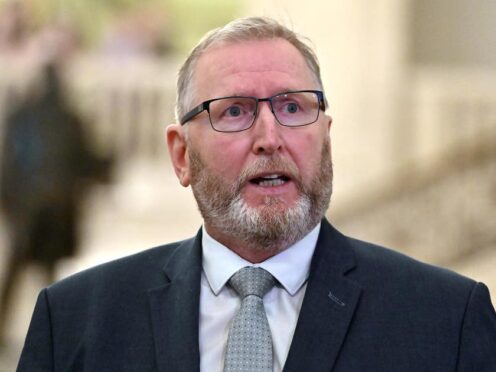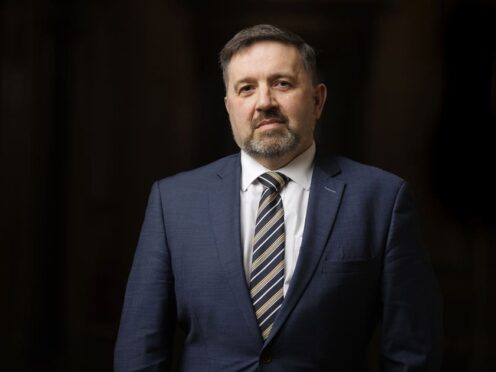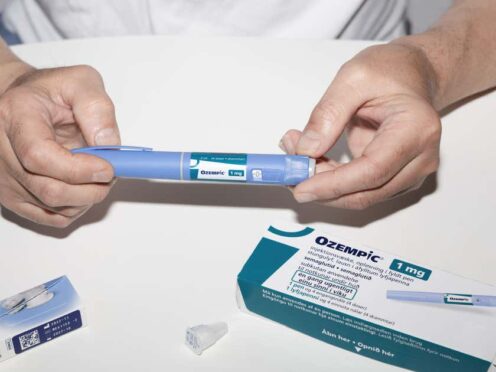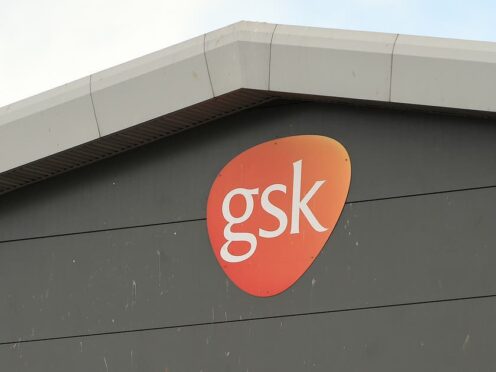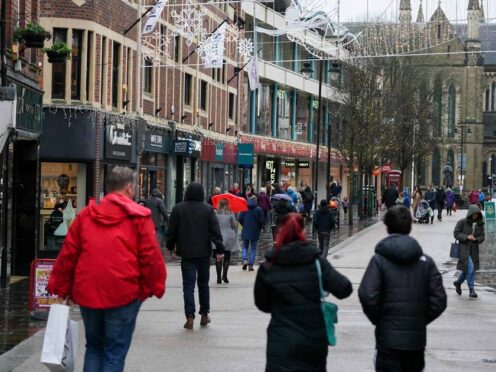Ambulance response times for life-threatening emergencies have almost tripled in parts of the north and north-east.
Some critically ill people are now waiting more than 20 minutes for urgent care to arrive in the most serious of cases.
New stats show they’re four times slower than the towns and cities in our area with the fastest responses.
And it’s claimed they demonstrate a need for better resources, particularly in scenarios where the difference between life and death can be a matter of seconds.
Ambulance waiting times: The worst in the north and north-east
The figures show that ambulance waiting times in Turriff – which has historically had poor performance – have only declined further.
The average response time for the most serious cases in 2022 – up to the end of October – was 22 minutes and 16 seconds.
In 2018 it stood at 15 minutes and 45 seconds.
This marks an increase of 41% – bringing the average wait to almost triple the national target of eight minutes.
Currently, the nearest emergency vehicles for Turriff are 16 minutes away in Banff or 28 minutes away in Huntly.
It’s hoped these numbers will improve rapidly come March, however.
The town will be getting its own dedicated ambulance, to be deployed on a part-time basis when it isn’t needed elsewhere.
The longest ambulance wait times in the north and north-east:
- Turriff: 22:16
- Aboyne: 16:47
- Cairngorms: 16:10
- Ballater: 15:43
- Oldmeldrum: 15:20
Additionally, Oldmeldrum had one of the largest increases in wait times.
Four years ago the average wait for severe cases was 7:37 – almost exactly half.
Elsewhere waiting times in Wick roughly doubled to 10:34, while they almost-tripled in Banchory to 15:18.
Elgin, Thurso and Aberdeen among the fastest responses
Elgin sits at the other end of the scale with the fastest ambulance response time in the region.
Of the 71 severe cases attended between January and and October 2022, patients waited an average of 5:28.
This was still slower than four years ago when an average of 5:02 was logged.
The fastest average ambulance response times:
- Elgin: 5:28
- Thurso: 5:55
- Aberdeen: 6:05
- Inverness: 6:17
- Tain: 7:31
There are only two areas in the north and north-east where ambulance response times have improved.
Both made it into the top five – Thurso and Tain – which have both dropped by around 30% each.
The Scottish Ambulance Service has stressed that the service is continually looking for way to improve response times.
They’ve recently recruited 68 new ambulance technicians and paramedics to the Grampian region, and 46 in the Highlands.
How have ambulance waiting times changed in your area?
We’ve mapped out the key locations from across the north and north-east.
Each point on our interactive map below includes the average response times for 2018 and 2022, and whether they’ve improved or worsened.
The ambulance service says its median response time for the most serious calls is 6 minutes and 32 seconds.
For the Highland’s it’s 8 minutes 43 seconds.
It’s also introducing 68 new paramedics and ambulance technicians to the region, plus an additional vehicle in Banff on similar terms to Turriff’s.
‘Concerning’ impact on communities
The ambulance waiting times were obtained by the Scottish Conservatives via freedom of information legislation.
Banff and Buchan MP David Duguid has been campaigning for better local health services since he was elected in 2017.
And he said: “This shocking data exposes how ambulance waiting times have been spiralling out of control in areas such as Turriff since well before the pandemic.
“In life-threatening emergency situations, every second counts, and it’s concerning to see the impact these varying times can have on communities in Aberdeenshire.
“Our first responders do a terrific job, but the response time can often depend on the proximity of the nearest ambulance station.
“The extra time could be the difference between life and death.”
What is the ambulance service saying?
A Scottish Ambulance Service spokeswoman said crews were restricted in their ability to respond to patients because of hospital turnaround times.
Paramedics often need to wait in queues to hand over patients.
She said: “We continue to work alongside our colleagues in NHS Grampian and NHS Highland to reduce wait times for ambulances through joint escalation plans and increasing alternative pathways of care for ambulance clinicians to support patients in the community.”
The Scottish Government highlighted that there had recently been a rise in the number of emergency calls.
She said: “Patient safety remains our priority and we apologise to anyone who has experienced a long wait.”
